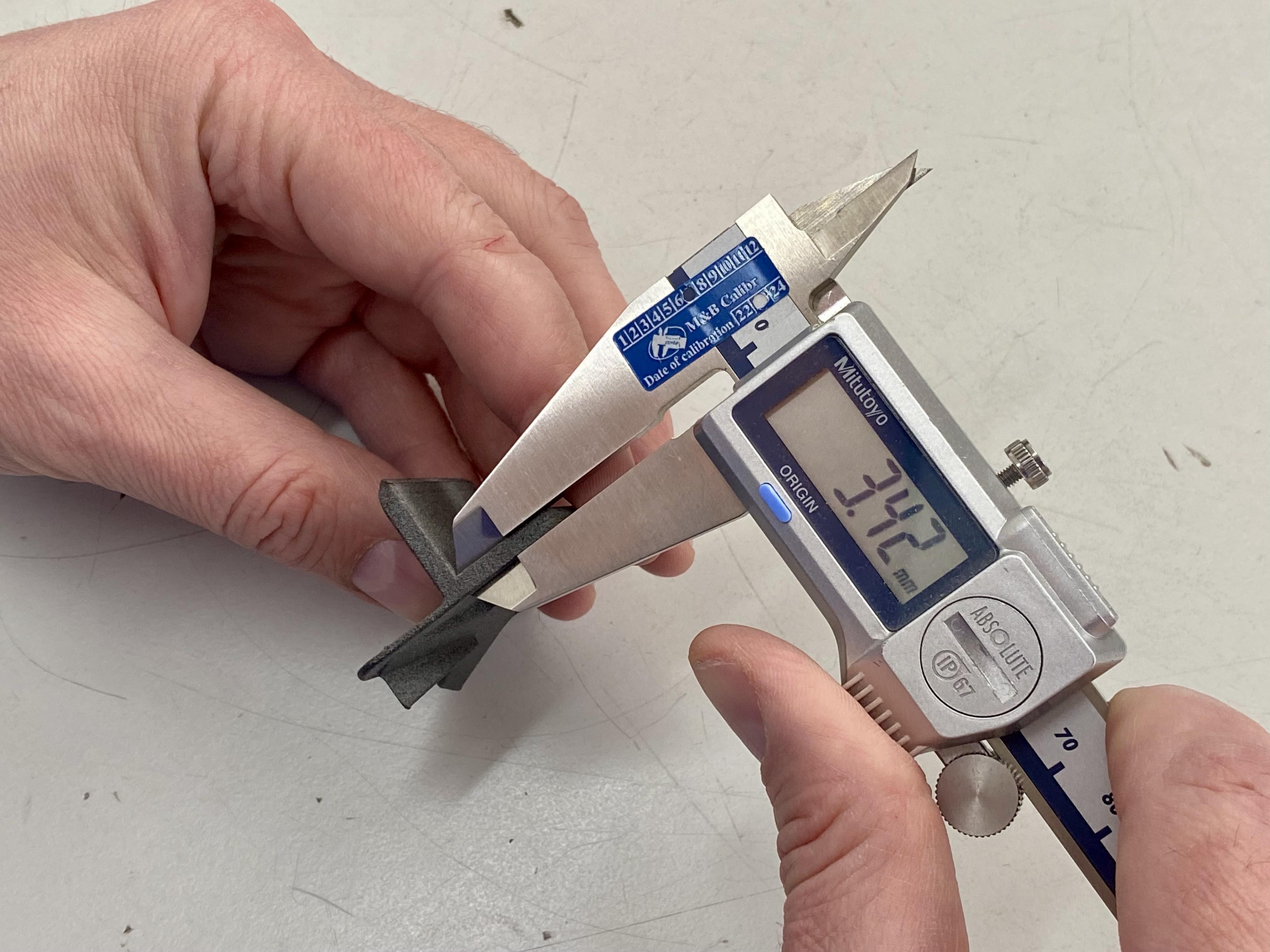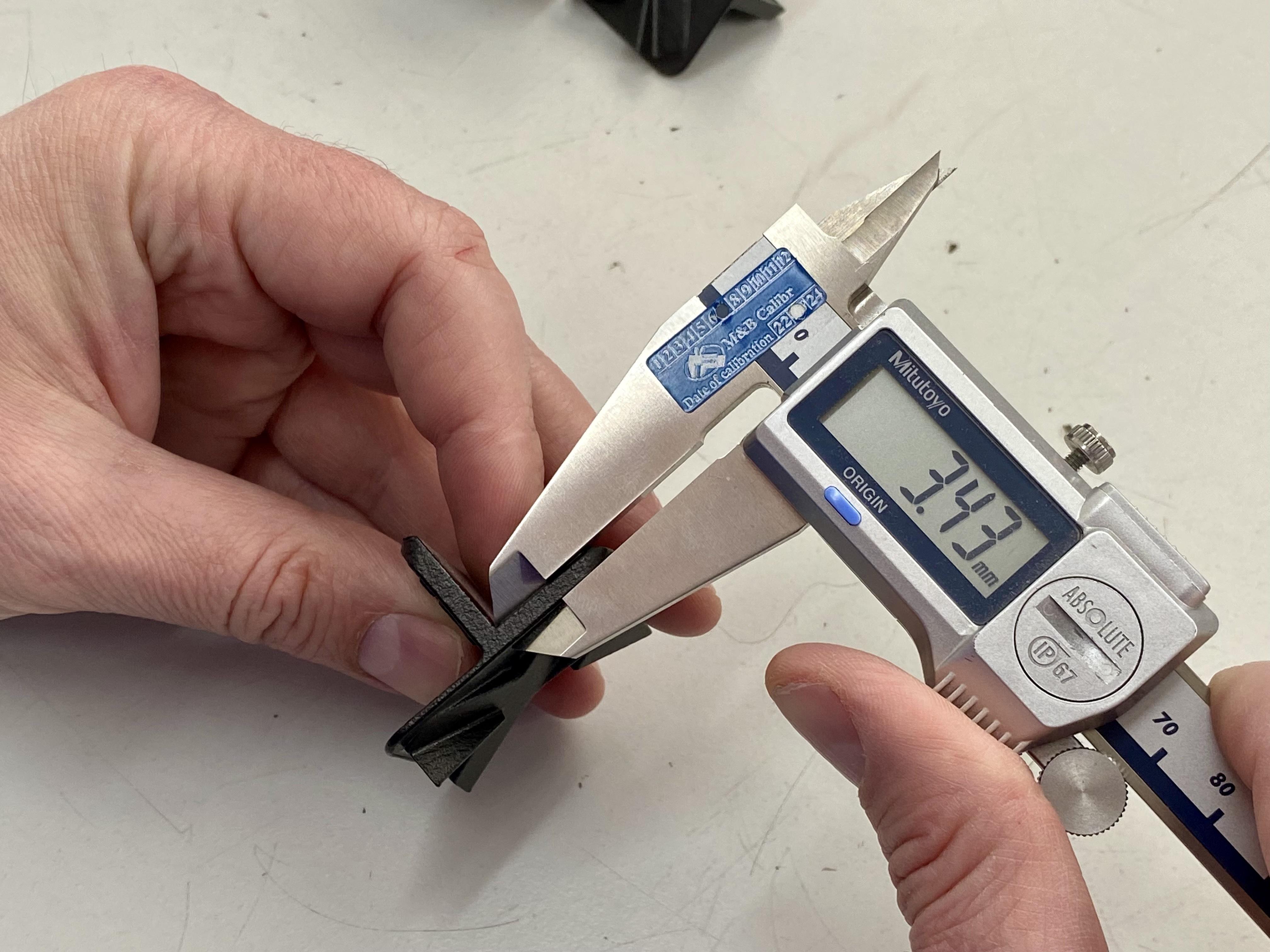How does vapor polishing effect 3D prints' tolerance?
D
Hi everyone,
I’m exploring vapor polishing for PA11 SLS parts. Concerned about how it might affect part tolerance and dimensional accuracy. Does anyone have insights or experiences on the dimensional changes to expect for PA11/PA12 (SLS or MJF 3d printing)? Tips on maintaining tight tolerances while improving surface finish would be great too!
Thanks in advance!
Suggested Topics
Topic
Replies
Views
Activity
Airtight joint between two aluminum frame enclosures?
Hi, I have two 400 mm cubical enclosures from 20×20 mm aluminum profiles with glass on all sides except one. I need to connect them into a single temperature-controlled unit and keep the joint... read more
1
199
Dec 12
How to correctly specify standard and non-standard threads in a technical drawing?
For a machined part that has both standard and non-standard thread types, what’s the best way to call out threads in the technical drawing? In particular, should I use thread callouts or full detail... read more
6
711
Nov 14
Drawing callout for tight tolerance over short bore length
hi, I have an aluminum housing for a small gearbox where the bearing seats are, of course, critical. I need to hold tight tolerances on the ID and OD, but only over a short... read more
4
545
Oct 31
DMLS tolerances for screw holes and sealing surfaces
Hi, I’m working on a small metal housing (around 120 × 80 × 40 mm) that will be 3D printed with DMLS for a sensor module. It needs threaded M3 screw holes and a... read more
10
623
Nov 25
Design challenge: rope-to-rope transfer in a small cylindrical coupling
Hi, working now on a small-scale linear actuator project and need a compact coupling between two coaxial cylinders. Both are 44 mm in diameter, with the upper one hollow (22 mm inner Ø). The... read more
4
431
Oct 17
 Europe
Europe  Türkiye
Türkiye  United Kingdom
United Kingdom  Global
Global 

 Login with my Xometry account
Login with my Xometry account 
